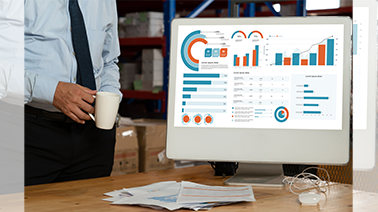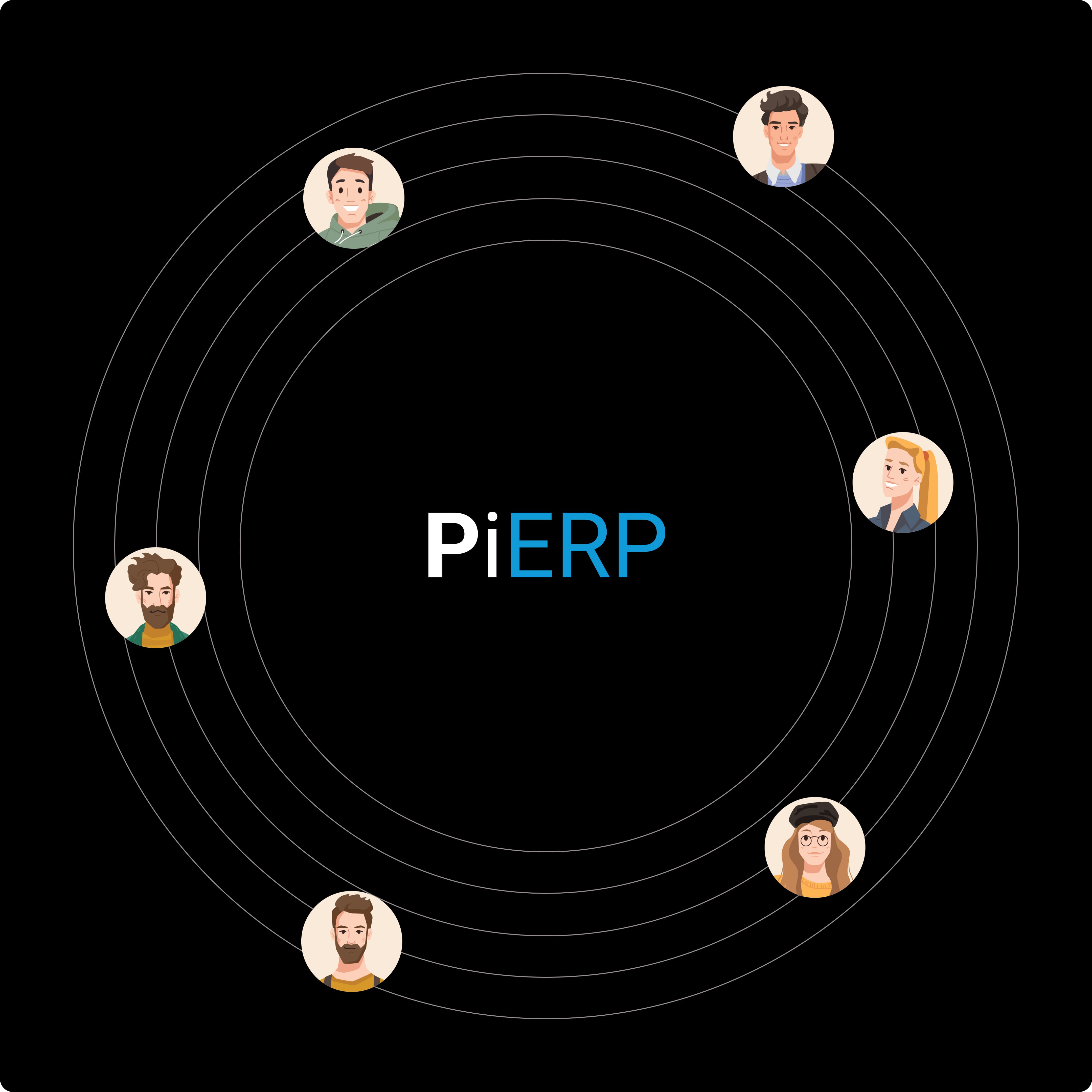Manufacturing businesses today face immense pressure to meet increasing customer demands, reduce production costs, and stay competitive in the market. This requires streamlined workflows and efficient use of resources. However, many manufacturers struggle with issues like uncoordinated production schedules, poor resource allocation, and lack of real-time data. This is where PiERP comes in, offering a robust solution that addresses these pain points and transforms the manufacturing process.
Addressing Manufacturing Pain Points with PiERP
PiERP, an all-in-one ERP software solution, is designed to optimize every aspect of the manufacturing process, from planning to execution. The system's production management features enable manufacturers to gain control over their operations and ensure smooth workflows, thus minimizing delays, waste, and inefficiencies.
Let’s dive into the key ways PiERP boosts manufacturing efficiency.
1. Streamlined Production Planning
Efficient production planning is the backbone of a successful manufacturing operation. With PiERP, manufacturers can create accurate production plans that take into account demand forecasts, available resources, and current inventory levels. The system provides real-time visibility into stock levels and BOM (Bill of Materials), helping you plan for raw materials and ensure timely procurement.
In addition, PiERP enables production scheduling that factors in resource availability, machine capacity, and workforce. This results in better resource utilization and fewer production bottlenecks. You can say goodbye to the chaos of manual planning and ensure smoother production cycles with PiERP.
Explore PiERP's production planning features
2. Optimized Resource Allocation
Resource mismanagement is a major bottleneck in the manufacturing process. Whether it's raw materials, machinery, or labor, poor allocation can lead to delays, increased costs, and even missed deadlines. PiERP helps manufacturers allocate resources more effectively by providing real-time data on resource availability, usage, and requirements.
The software also offers a work order management system that links production orders with available resources. This ensures that the right materials and machines are used for each production run, optimizing resource allocation and preventing idle time.
With PiERP, you can also track and manage maintenance schedules to prevent machine breakdowns, thus reducing downtime and maximizing productivity.
3. Real-Time Monitoring and Reporting
In today's fast-paced manufacturing environment, real-time monitoring is crucial. PiERP's production monitoring tools provide manufacturers with live data on the production floor, allowing them to track the progress of each work order and identify any potential issues before they escalate.
With customizable dashboards and automated reporting features, you can monitor KPIs such as production cycle times, machine utilization rates, and scrap levels. This level of transparency helps manufacturers make informed decisions and improve overall efficiency.
Discover PiERP's real time update features
4. Quality Control Integration
Maintaining high product quality is essential for manufacturing success. PiERP integrates quality control into the production process, allowing you to set quality checks at various stages of manufacturing. This ensures that products meet the required standards before they reach the customer, reducing returns and improving customer satisfaction.
The system also allows you to store and manage quality reports, making it easier to track performance and identify areas for improvement.
5. Improved Collaboration Across Departments
One of the biggest challenges in manufacturing is the lack of coordination between different departments. With PiERP’s centralized database, all teams—from production and procurement to finance and sales—can access the same information in real-time. This fosters collaboration, reduces miscommunication, and ensures that everyone is on the same page.
The integration between modules also streamlines processes like material requisition, production scheduling, and order fulfillment, ensuring smooth operations across the entire production cycle.
See how PiERP enhances interdepartmental collaboration
Conclusion: Transforming Manufacturing with PiERP
PiERP offers manufacturers a comprehensive solution to address the common challenges of production management. From streamlined production planning and optimized resource allocation to real-time monitoring and quality control, PiERP helps you run your operations more efficiently, reduce waste, and improve overall productivity.
If you're looking to take your manufacturing operations to the next level, PiERP is the solution that can drive the transformation.
Request a free consultancy of PiERP today and discover how it can optimize your production workflows.






